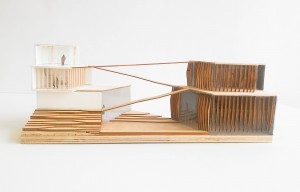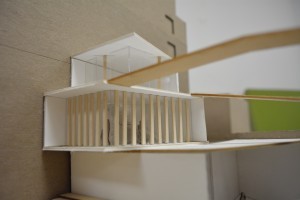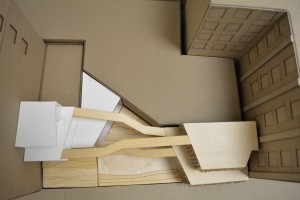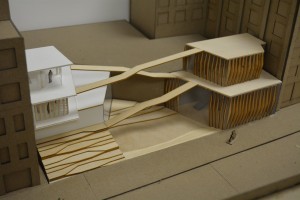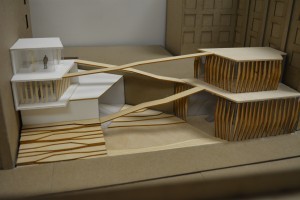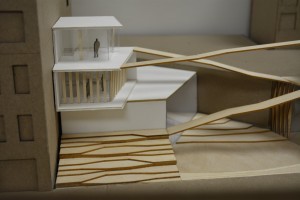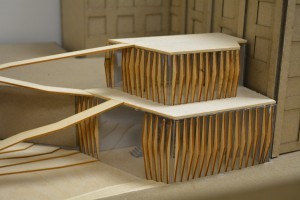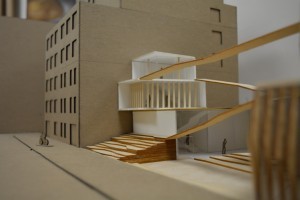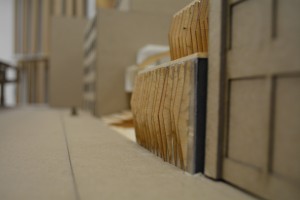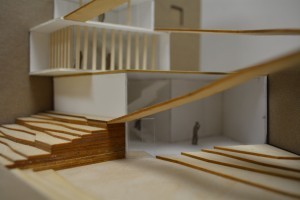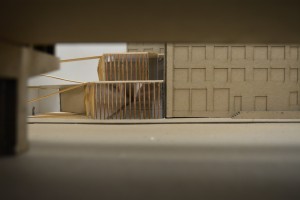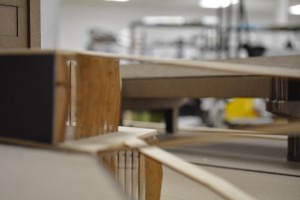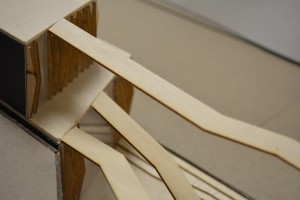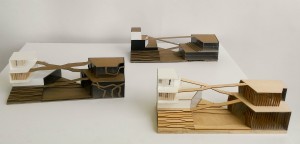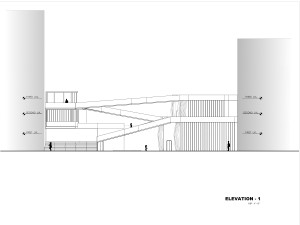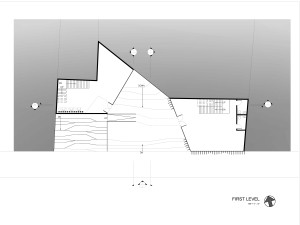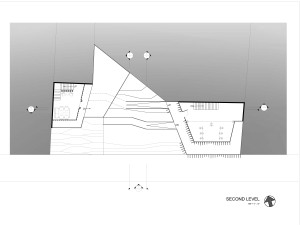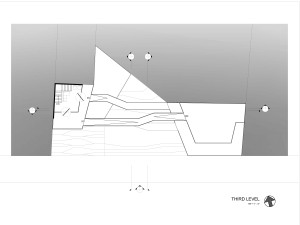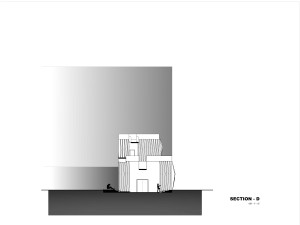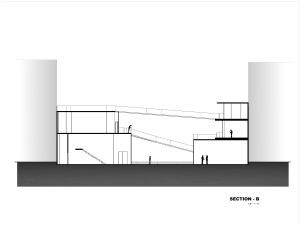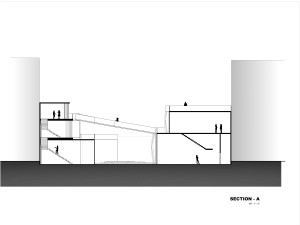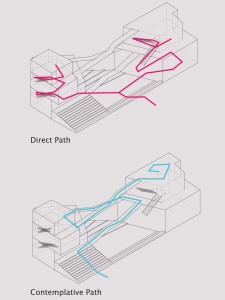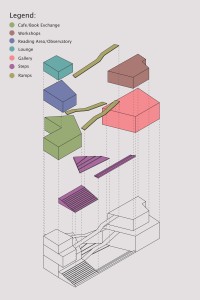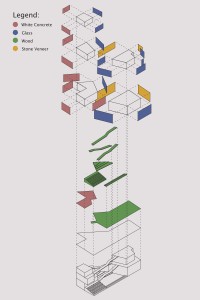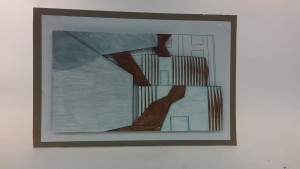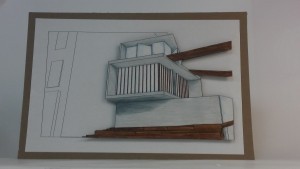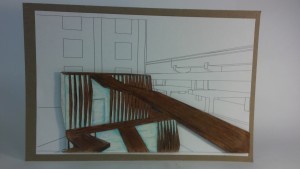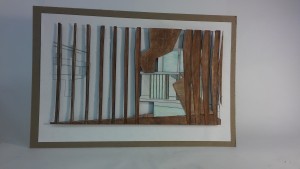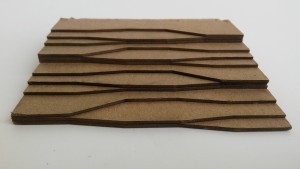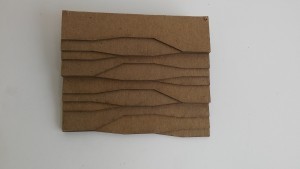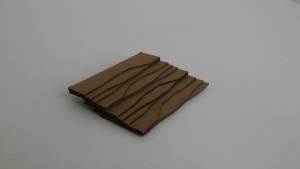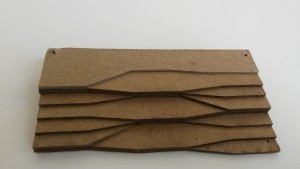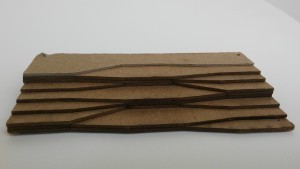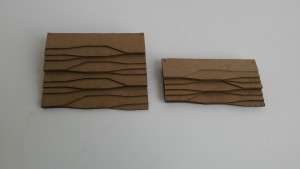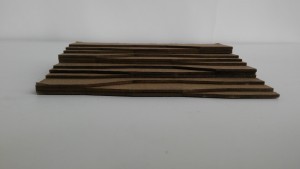The site used for the semester is a combination of two vacant lots located in Williamsburg, where the students were asked to reflect on the meaning of the concept of “restore” and what “restore” could mean for the neighborhood using the knowledge gained from the site research.
Restoration in my project is divided into categories: active and passive. The difference between active and passive restoration lies in the exercise, or activity, that you do to help bring about a state of relaxation. Passive restoration exercises tend to be ones where an individual will sit and listen to a recording or undertake meditation. An active type of relaxation exercise is one that involves some body movement. The community space is intended for all ages at all times of the day through different events, markets and gatherings that can be seasonal or not, where the user will experience restoration in the building through the different designated areas for restoration. The experience within the movement through the transition between areas a creates an engaging experience to the users, inviting them to feel different methods of restoration. The transition between active and passive is gradual in order to help the user in respond to the environment, enhancing the user’s ability to fully achieve a complete restoration.
The building’s design reflects the separation of active and passive restoration where the different forms of restoration will not interfere with each other. On one side there will be a book exchange program at the coffee shop on the ground floor, while upstairs there is room to read and relax. The other side will have a gallery space where one can participate in different art classes like painting, ceramics, and origami. The gallery will be used display the artwork created, and as a meeting place for community members. These types of activities enforce interaction between community members, creating a connection in a gentrified community. In between the buildings, there is a series of ramps that act as a buffer zone between both spaces.
Site Analysis:
The Model:
Program and materiality axonometric, circulation diagram, and technical drawings:
Perspectives:
In my project, I was intrigued by the possibility of creating a landscape with steps. As I played with the different types of steps, I realized that one can create a staircase with 3 different situations:
1. Edge of the field- a well-defined visual separation of different spaces but with easy physical access, which in this case is the single step.
2. Visual continuity maintained – where there is a physical obstacle but still accessible, which in this case is a double step.
3. Spatial continuity is interrupted – Where there is no more physical access between the two space, the triple step.
Taking this “set of rules,” I’ve incorporated this staircase where one can walk through it using single steps or double steps, or even sit on a triple set of stairs.
Bellow are some massing studies:





